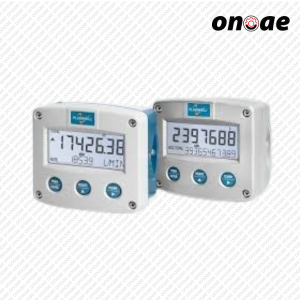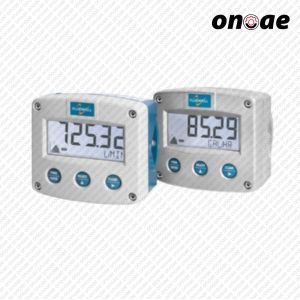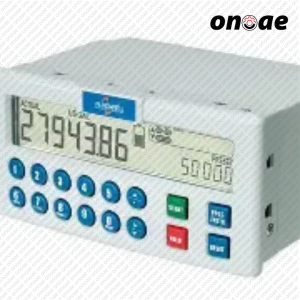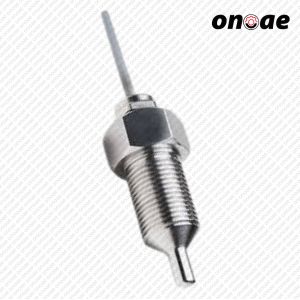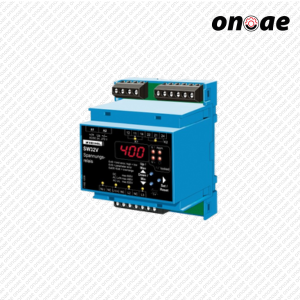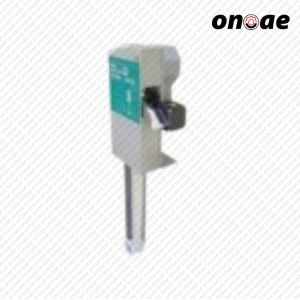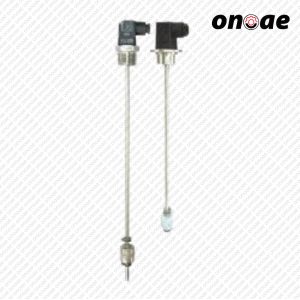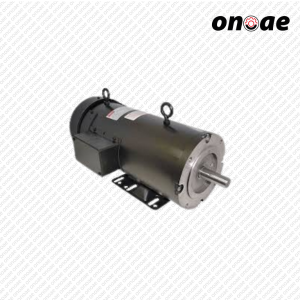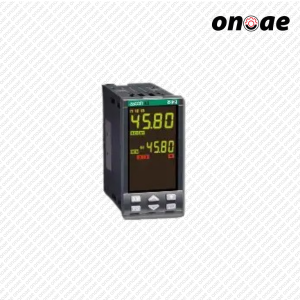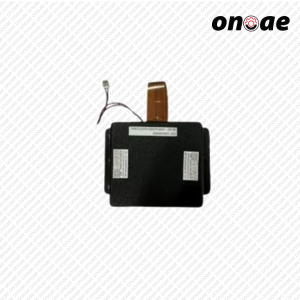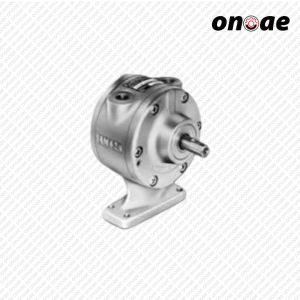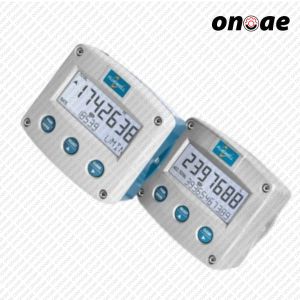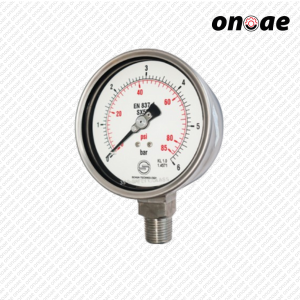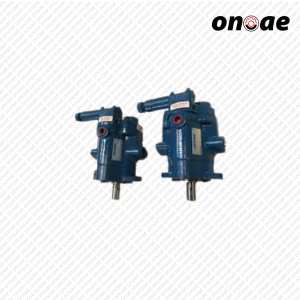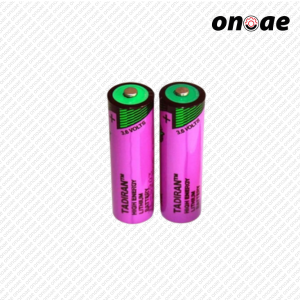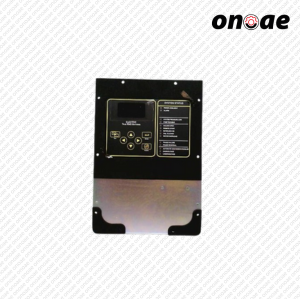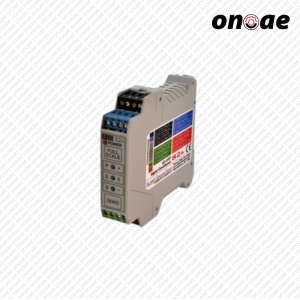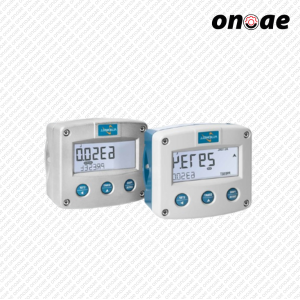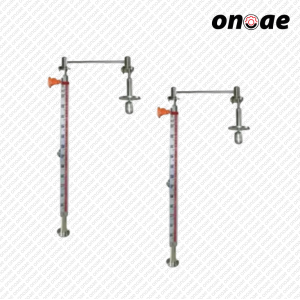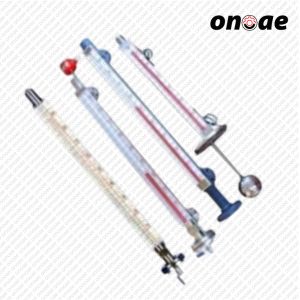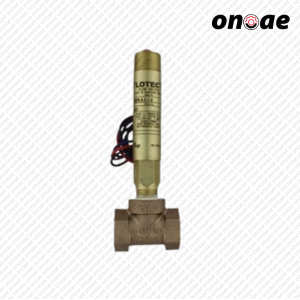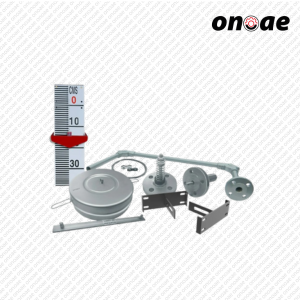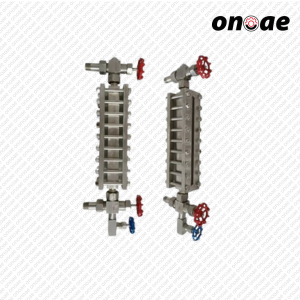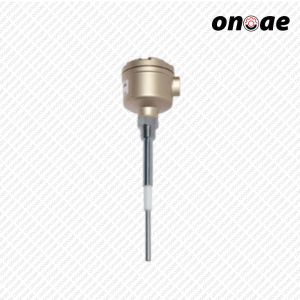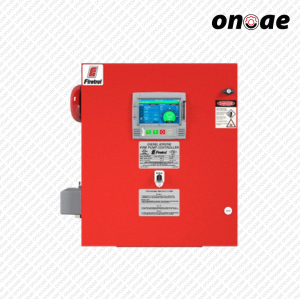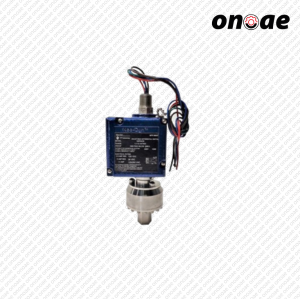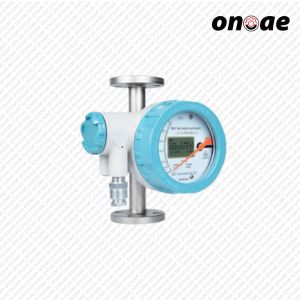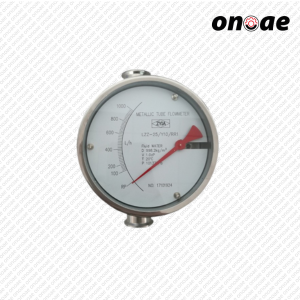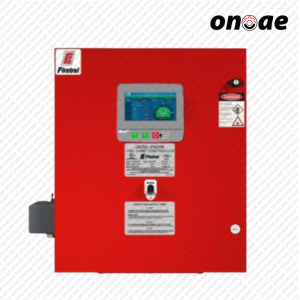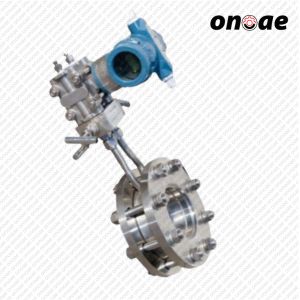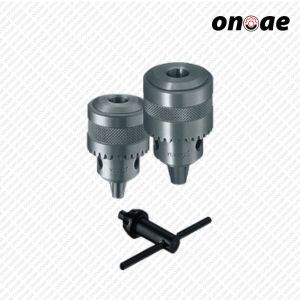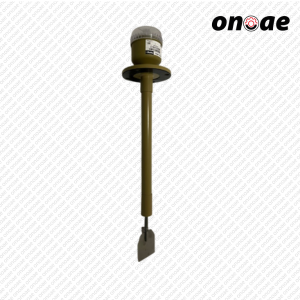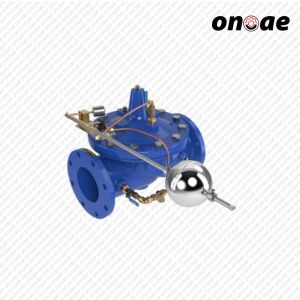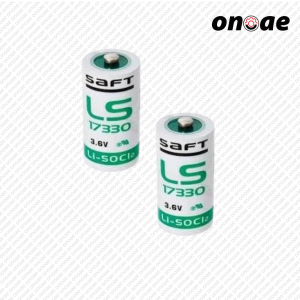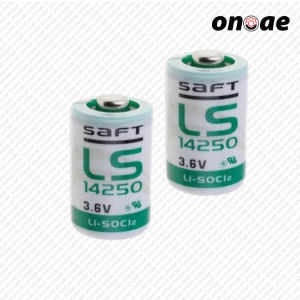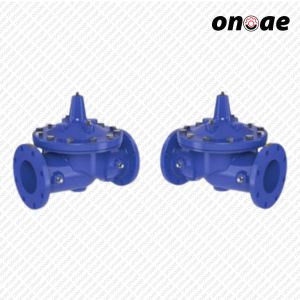Description
EGE IGVU Inductive Proximity Sensor focus is on TROPICAL switches that exceed IP 69K with a temperature range up to +120 °C and is optimally suited for corrosive environments. High temperature switches up to 160 °C are also offered. Other hot area sensors can be used in temperatures up to 250 °C. The lower end of the temperature scale is at -60 °C and applies to the POLAR switches. Large switching distances up to 170 mm and sensors resistant to rolling oils made from PTFE, PP or PEEK are also available for the food industry. Intrinsically safe ex-classified sensors according to ATEX and compact dust-EX and gas-EX sensors complete the product program.
An inductive proximity switch works with a high-frequency oscillating circuit that creates an alternating electromagnetic field on the active sensor surface by means of a coil. When a metallic object nears this field damping occurs in the oscillating circuit. If this damping exceeds a threshold value, a switching signal is generated.
EGE IGVU Inductive Proximitxy Sensor Operating distance
The operating distance is the distance between an object and the active sensor surface at which a switching signal is generated. The operating distance depends on the diameter of the coil. Therefore larger sensors are required for longer operating distances. On some of the EGE sensors, the operating distance is adjustable. If a metal object dampens only a part of the alternating field, the operating distance decreases; a larger object increases it. The following approximate values are derived from a standard rectangular measurement plate made of steel ST 37 with an edge length that corresponds to the diameter of the sensor coil or three times the rated operating distance, whichever is greater.
The operating distance is influenced by the material of the object: Constant dimensions for different materials against steel ST 37 yield a changed operating distance. The following table lists approximate values for the material-dependent reduction factors. In practical applications, variations could occur due to different alloying, for example.

